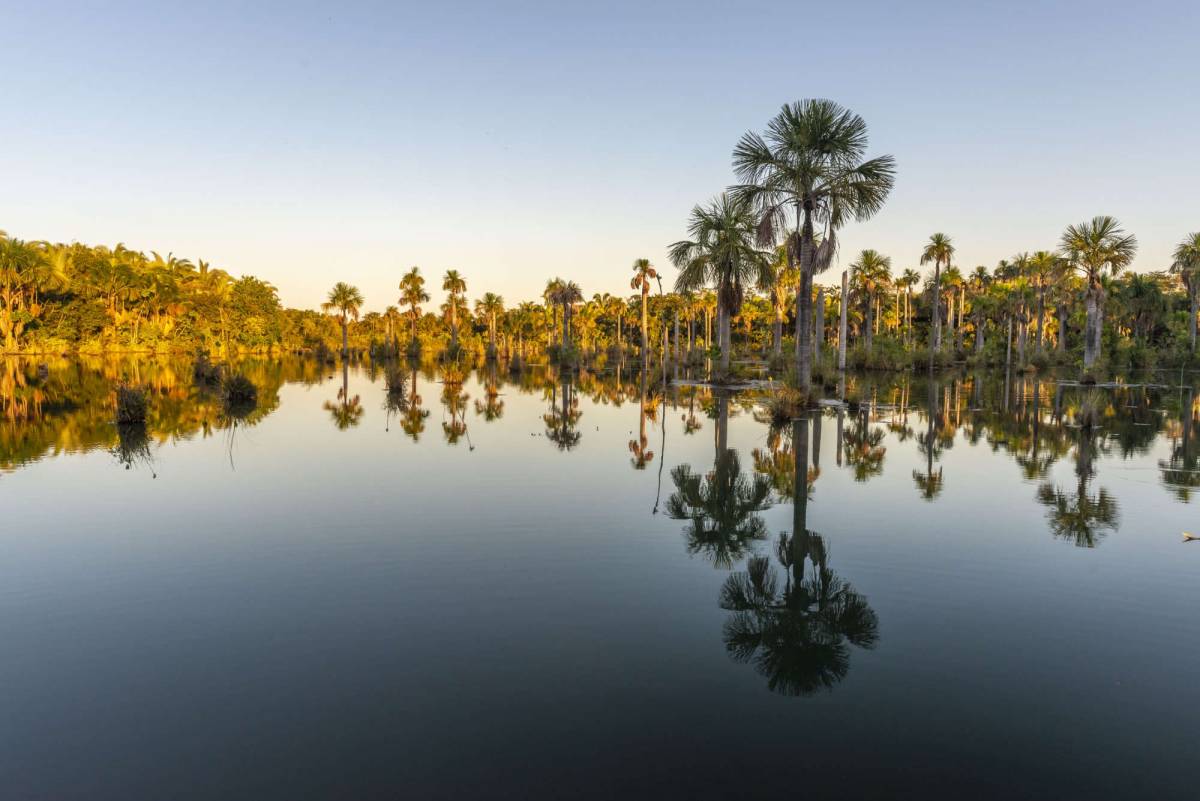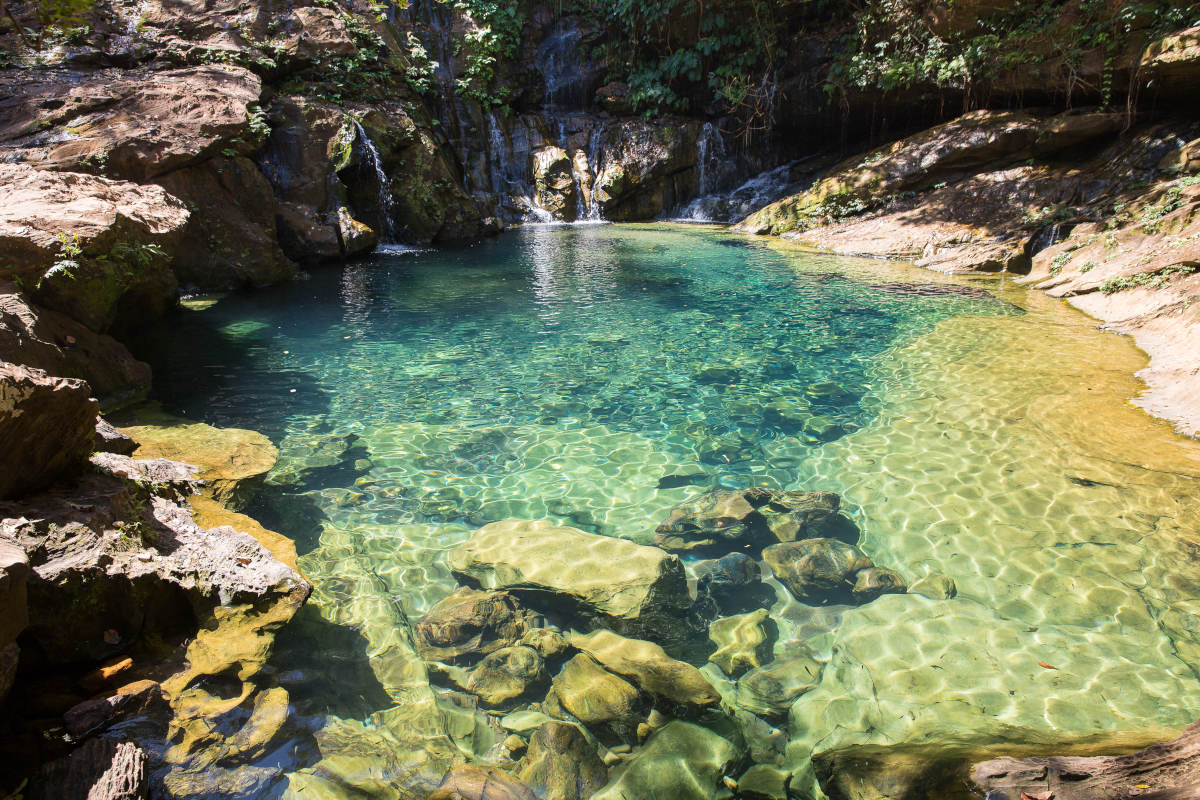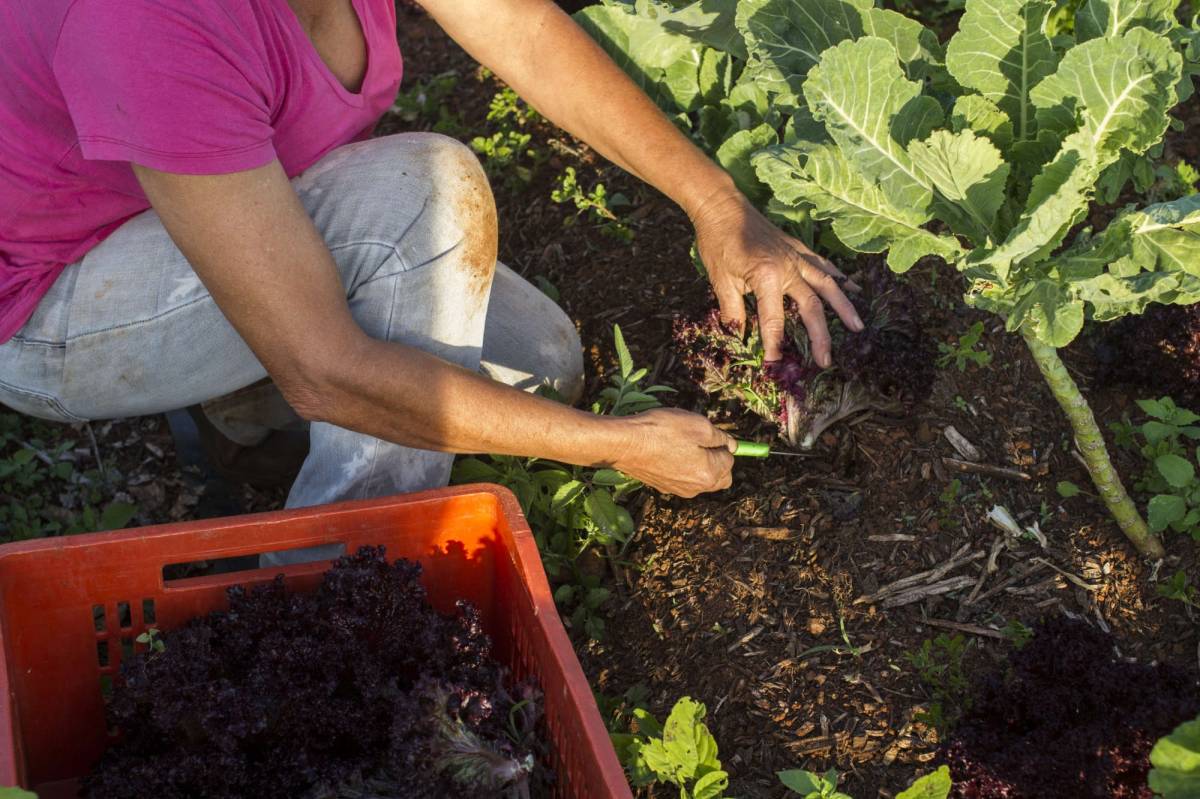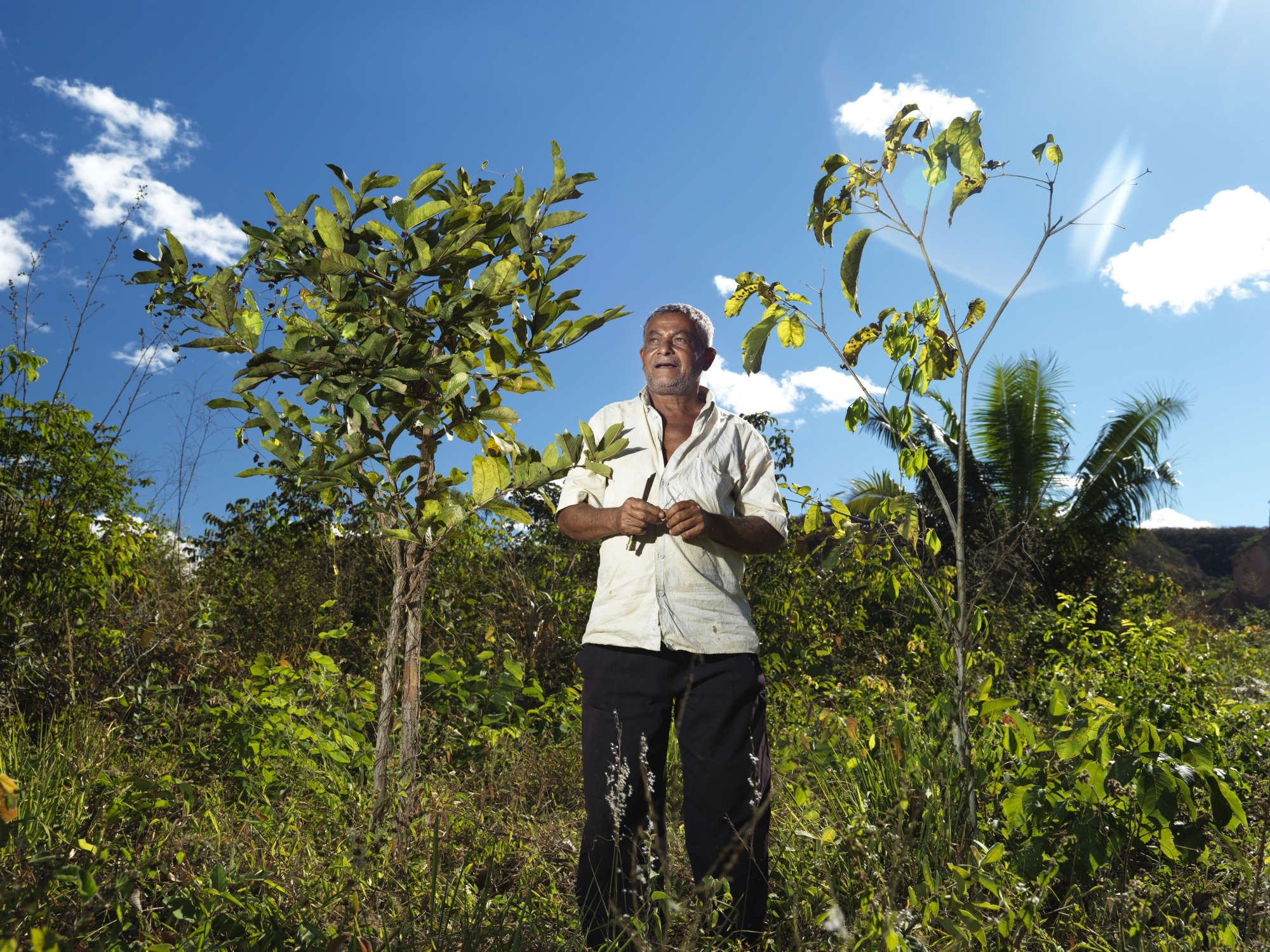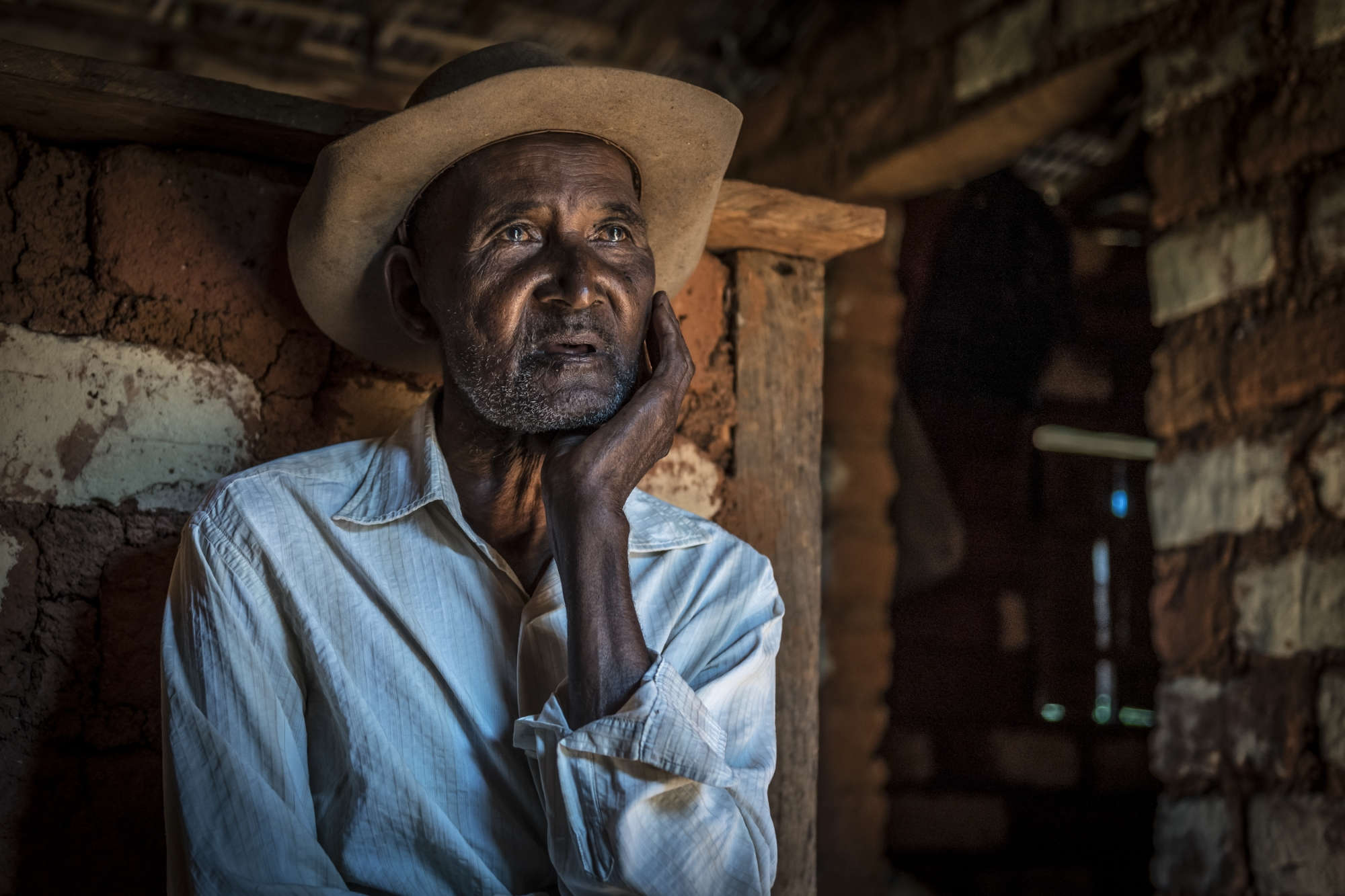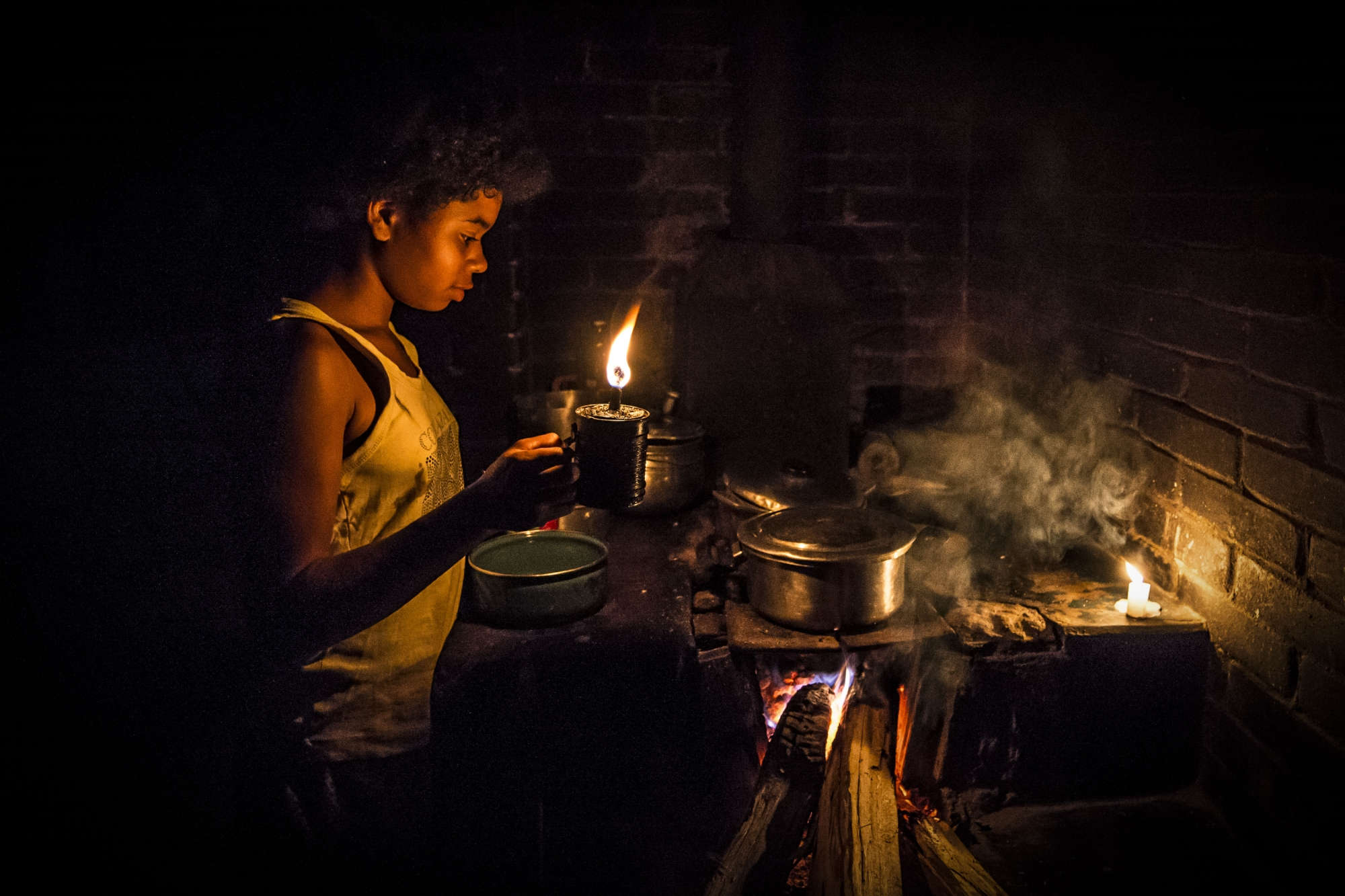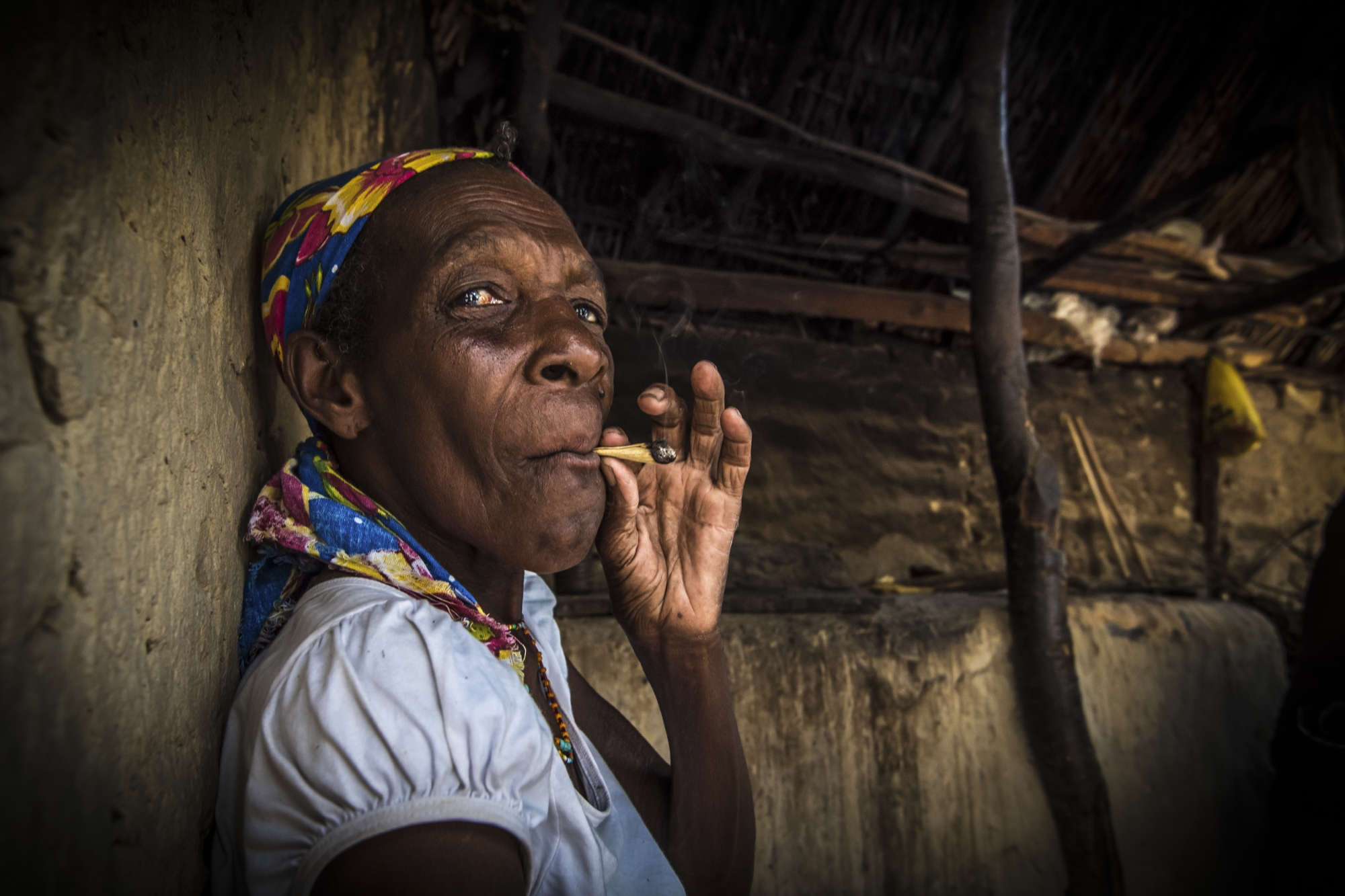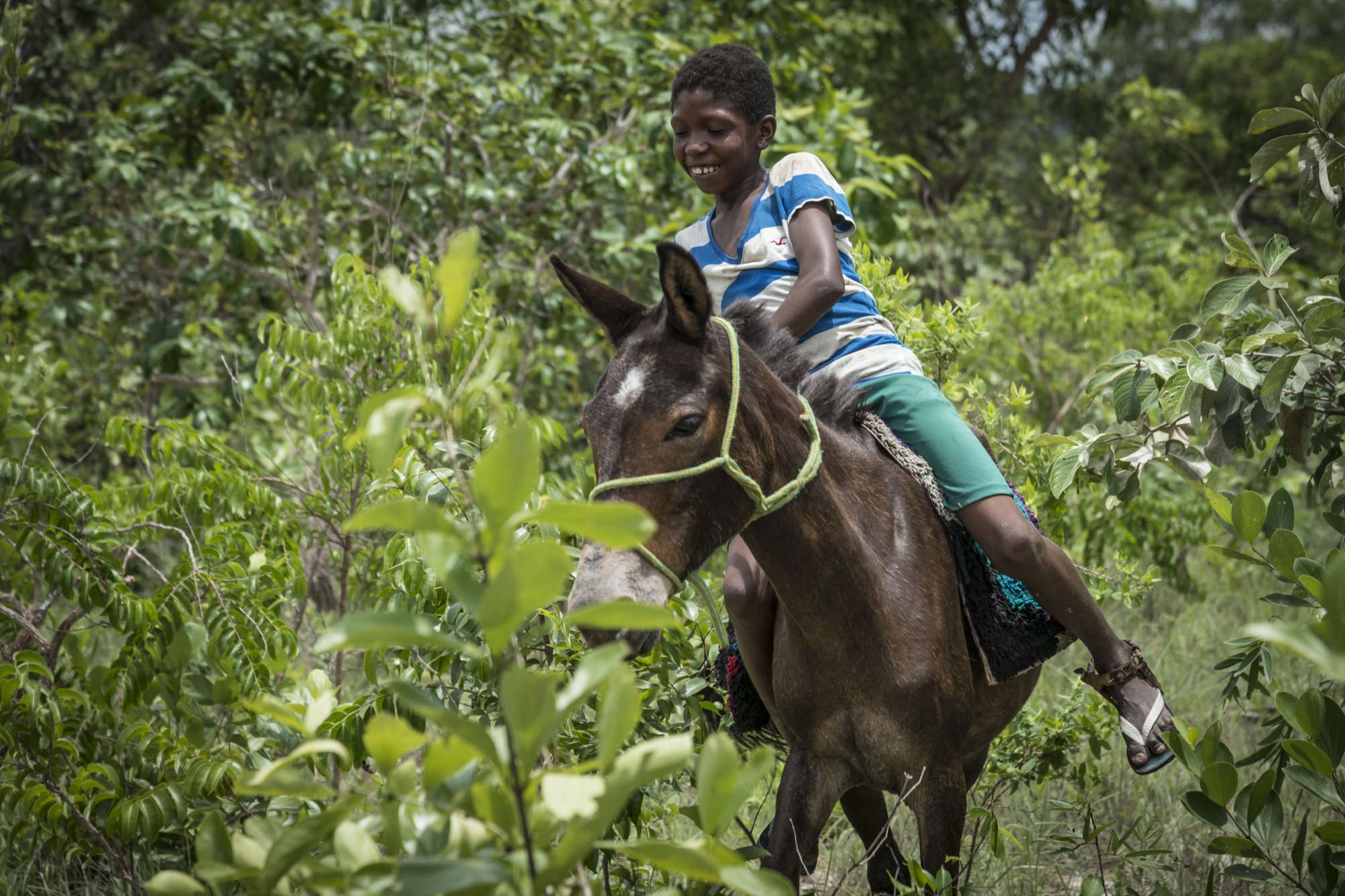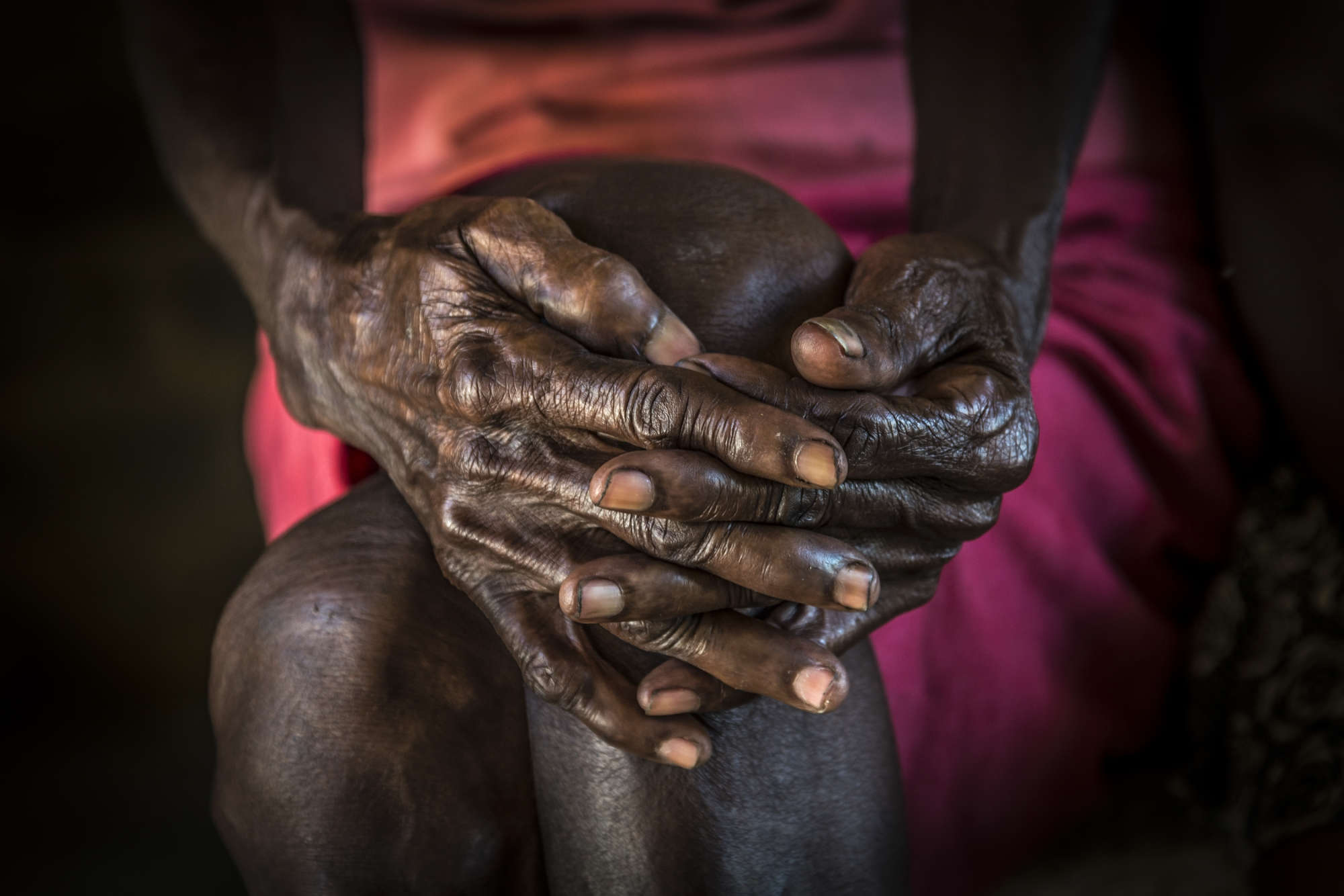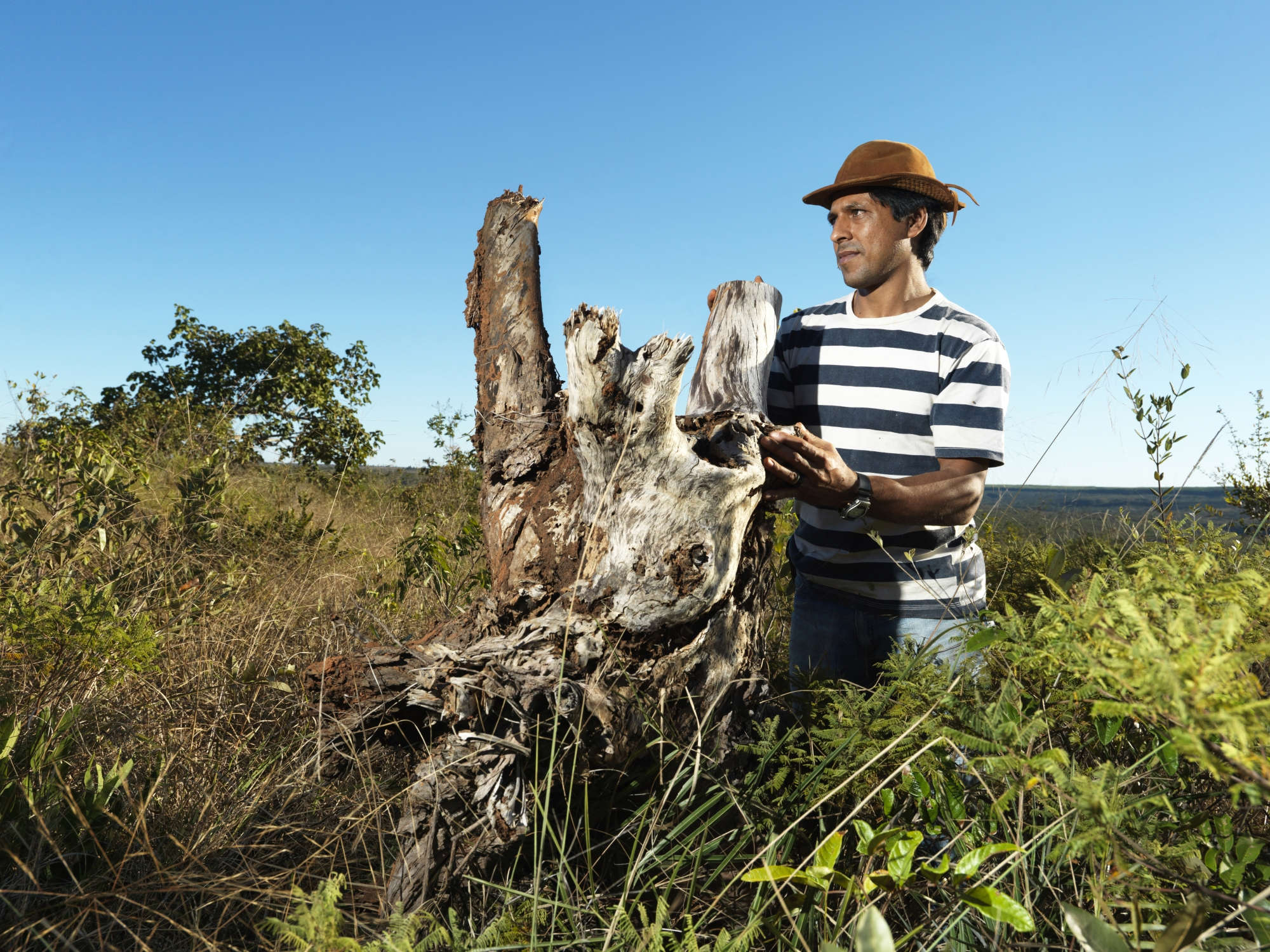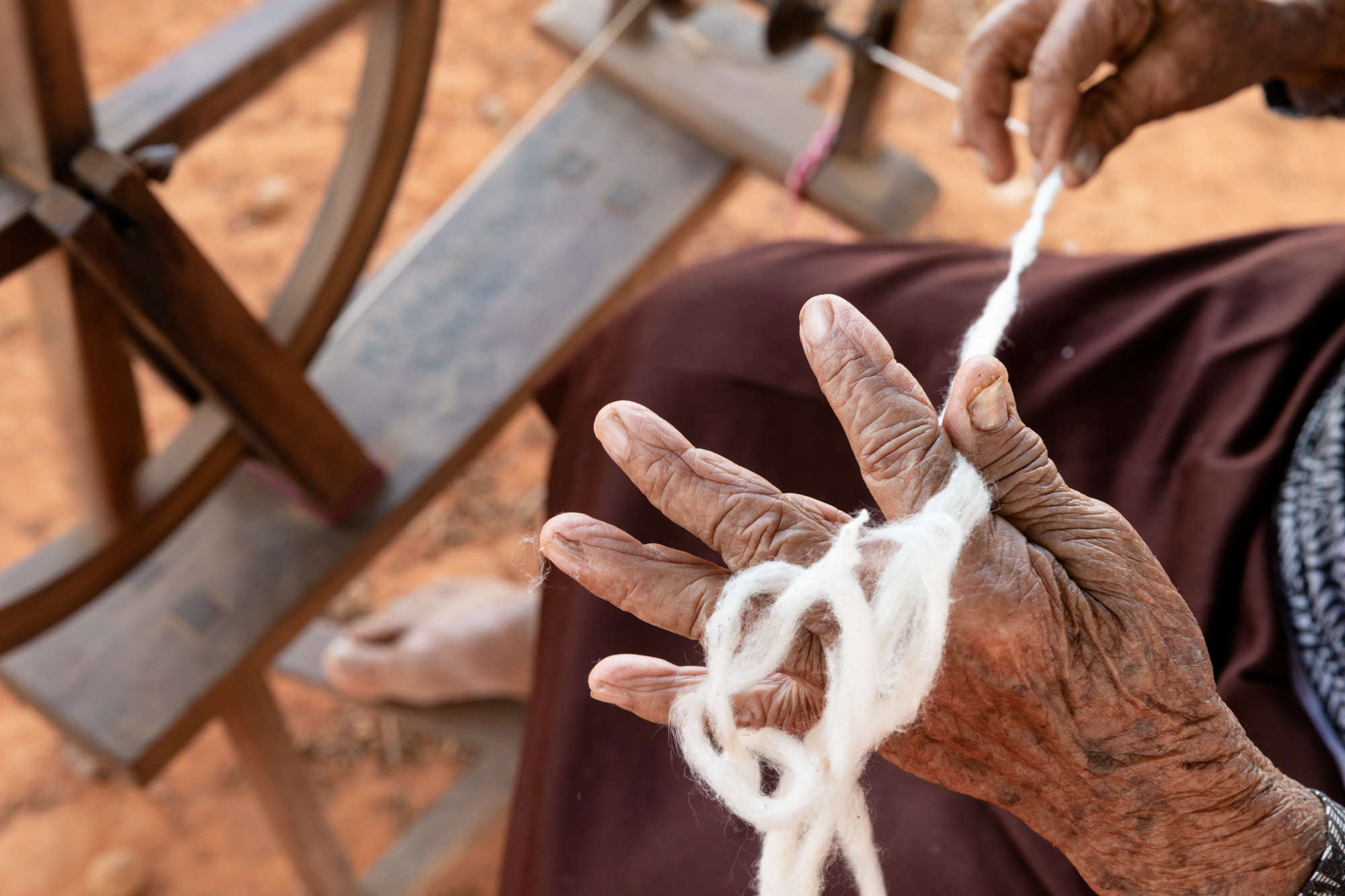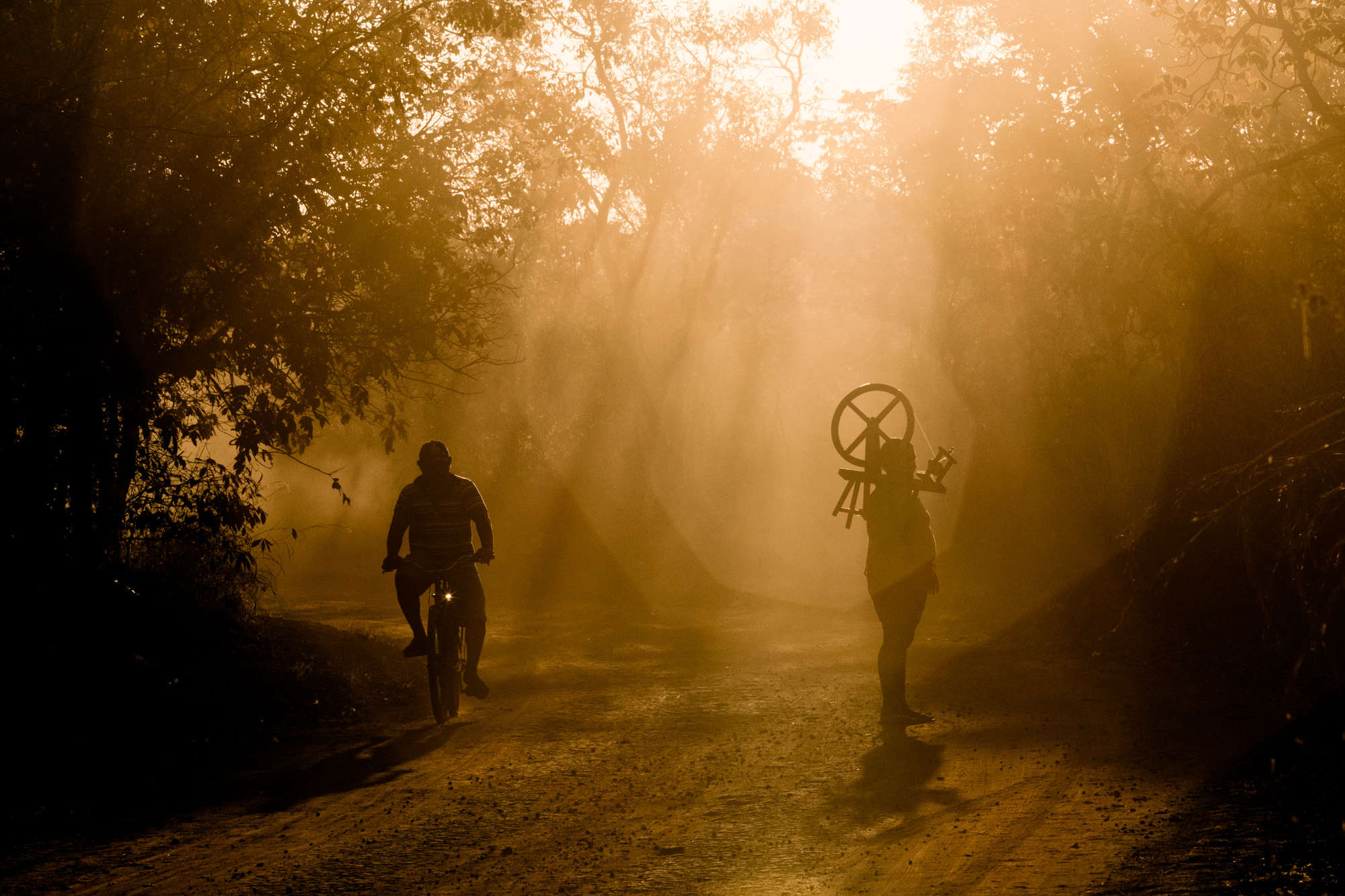Peoples: sustaining the Cerrado
With so many threats to the Cerrado, traditional peoples and communities and family farmers are largely responsible for keeping the Biome standing, such as Dona Lúcia’s community and the Kalunga women. It is these groups that teach us to live with respect and wisdom in the environment that surrounds us.
Where there is conserved Cerrado vegetation is where the traditional peoples and communities and family farmers are located. They are indigenous peoples, quilombolas, small-scale fishermen, geraizeiros, comunidades de fundo e fecho de pasto, vazanteiros and so many others that, for several generations, have developed sustainable ways of occupying their territories. With their exquisite agricultural systems and in strong connection with the landscapes of the biome, they also show us rich culture, dances, songs and rituals linked to their traditional ways of life.
The livelihoods of these residents of the Cerrado provide a landscape where areas of cultivation, housing, pasture and large areas of native vegetation coexist. Often, these territories are responsible for the connection between protected or remnant natural areas. They thus contribute to the conservation of biodiversity, enabling the maintenance of ecosystem services in the biome, such as water production, pollination, carbon stock, genetic flows, among others.
Communities like Dona Lúcia’s and the Kalunga women guarantee diversity at the Brazilian table and the conservation of the Cerrado – in addition to other biomes. Family farming is responsible for 70% of the production that feeds the population of Brazil. It is what provides the basis for national food, such as beans, rice, manioc, fruits, and many others. It is the work done by traditional peoples and communities and family farmers that permeate agroecological and organic farmer’s markets, guarantee food security, and teach the country and the world that it is possible to generate income while conserving natural resources.

